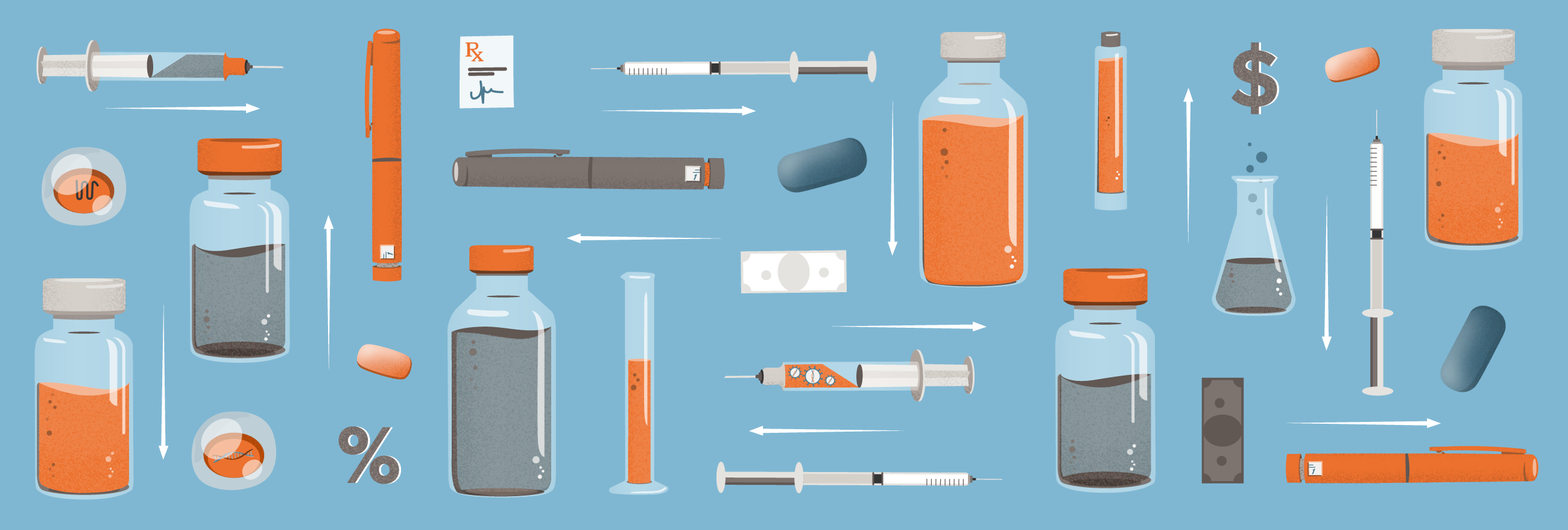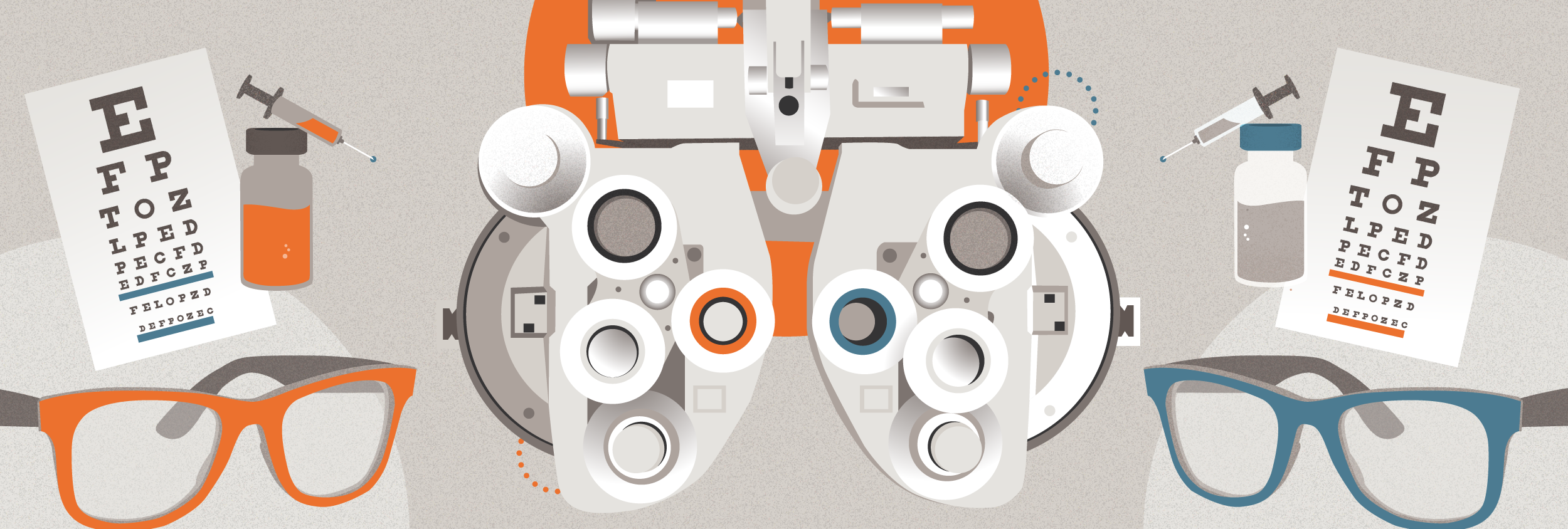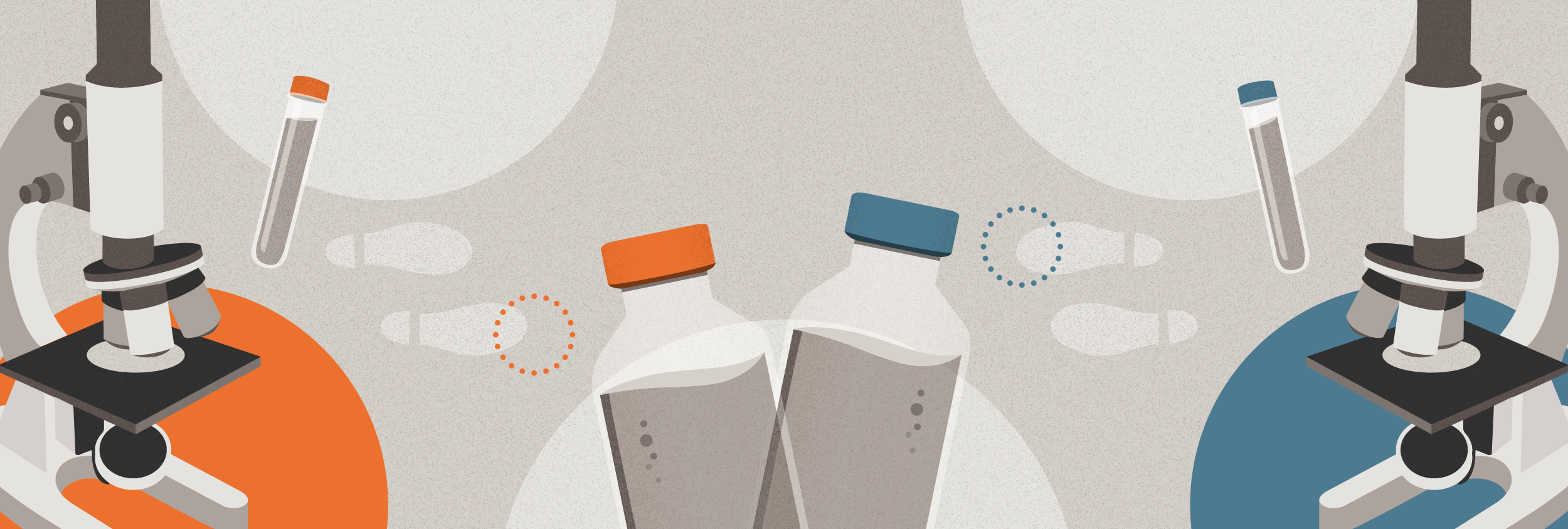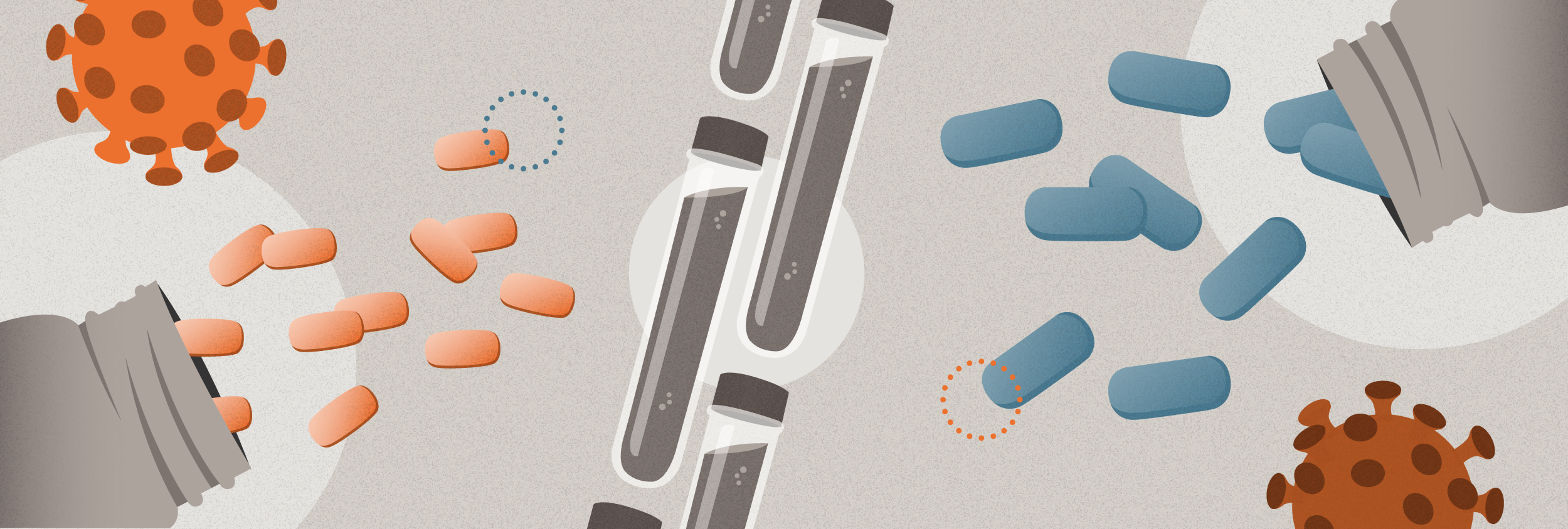The Forces That Shape Prescription Medication Costs
From production to patient, tracing the path to market of five vital treatments to understand issues of affordability and access to treatment
Our Goal Is to Generate Discussion About Access to Vital Medications
Many factors determine the cost of prescription drugs. Pharmaceutical companies play a major role, as do government programs, providers, private insurers and pharmacy benefit managers. To understand the complex market and regulatory forces that influence drug pricing, NORC at the University of Chicago teamed up with Arnold Ventures to examine five pharmaceutical products, tracing the steps of each drug’s development, commercialization and sale to patients.
Each of the medications tells a story about how decisions and actions by key supply chain players impact pricing. By examining the industry, we hope to generate discussion about ways to increase patient access to vital treatments and make them more affordable.





